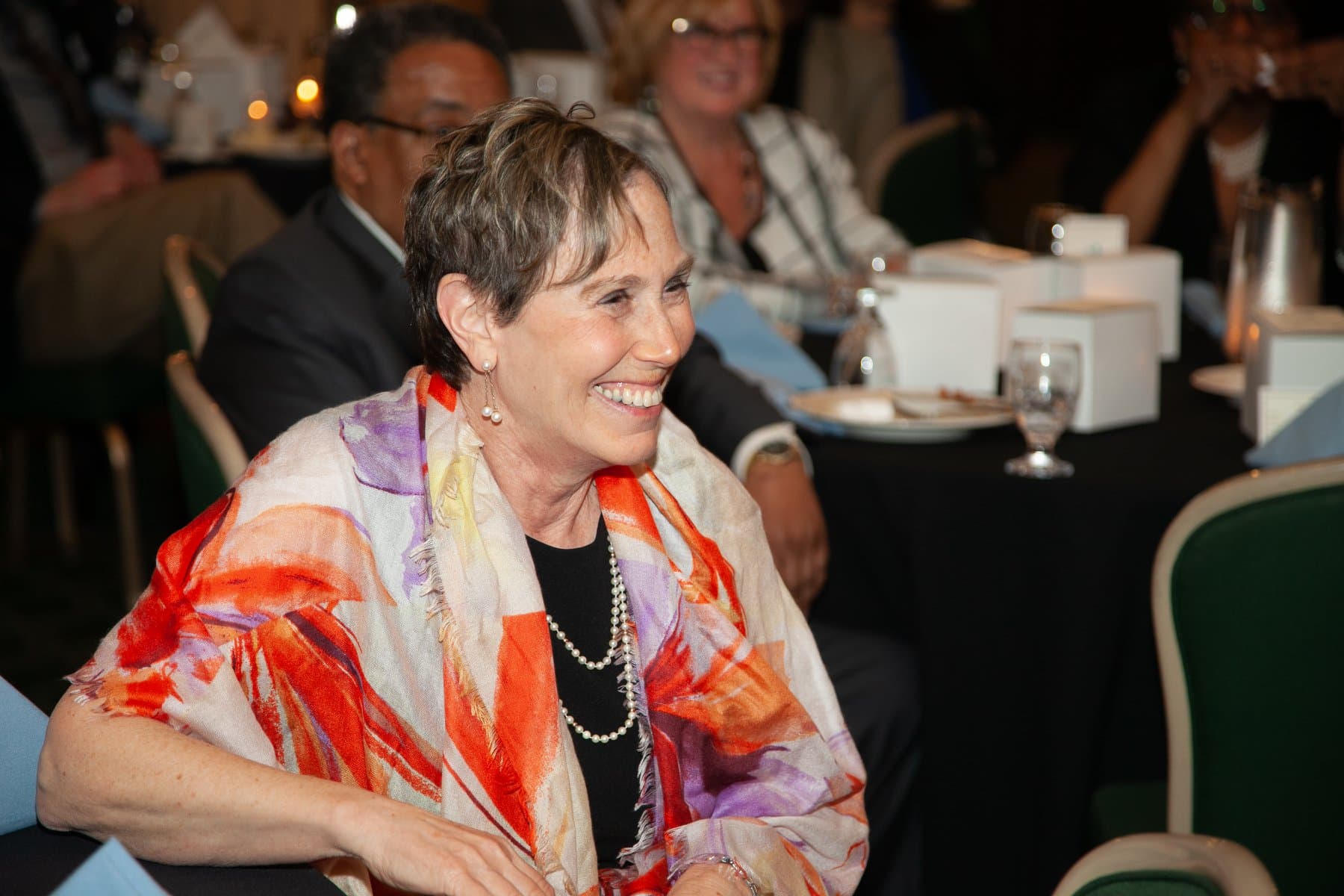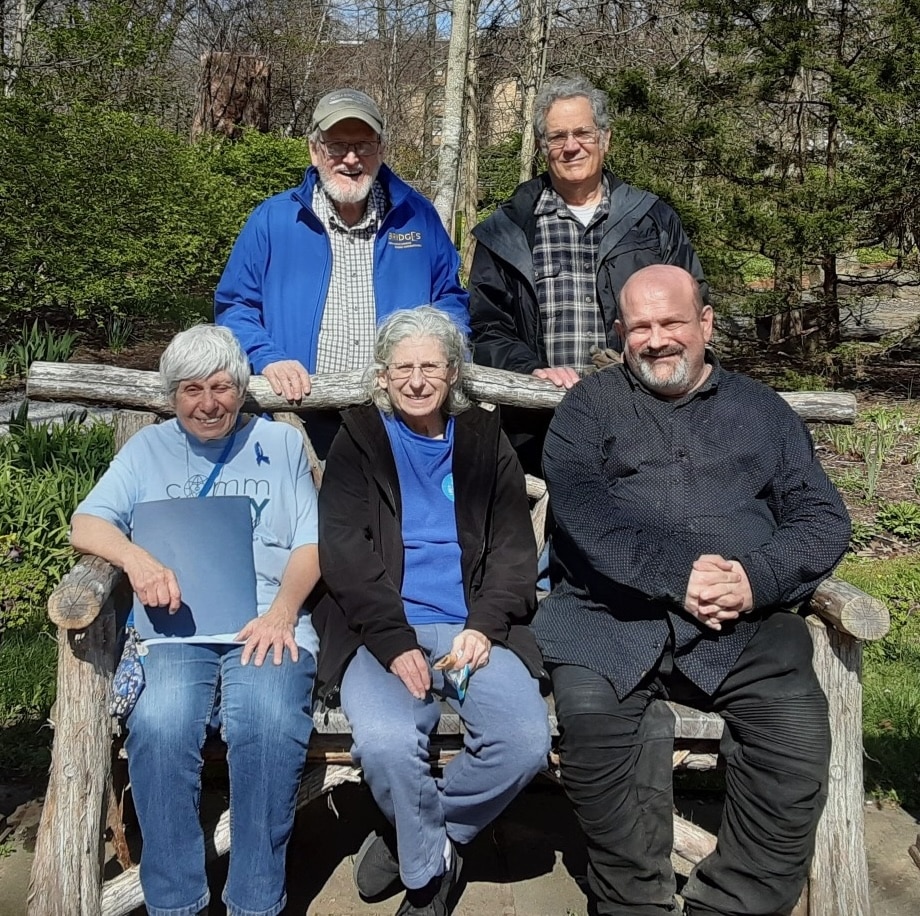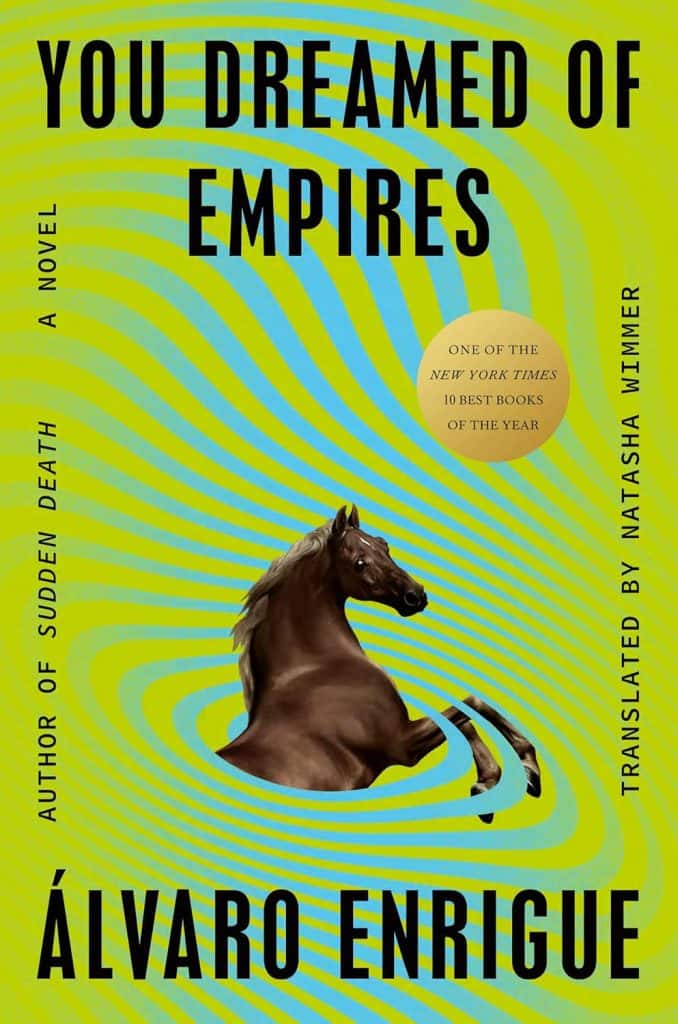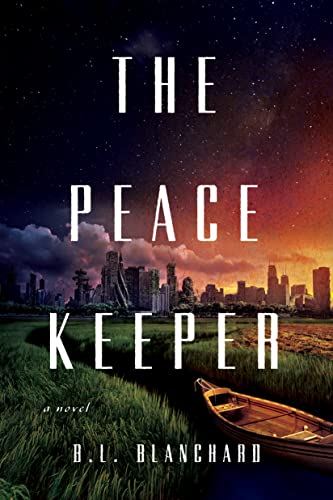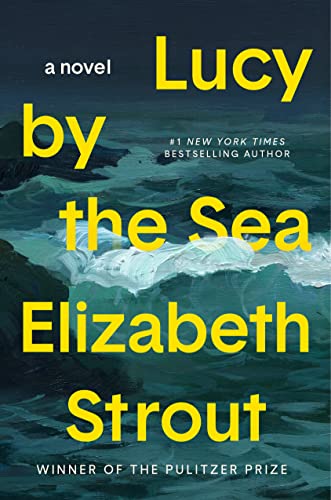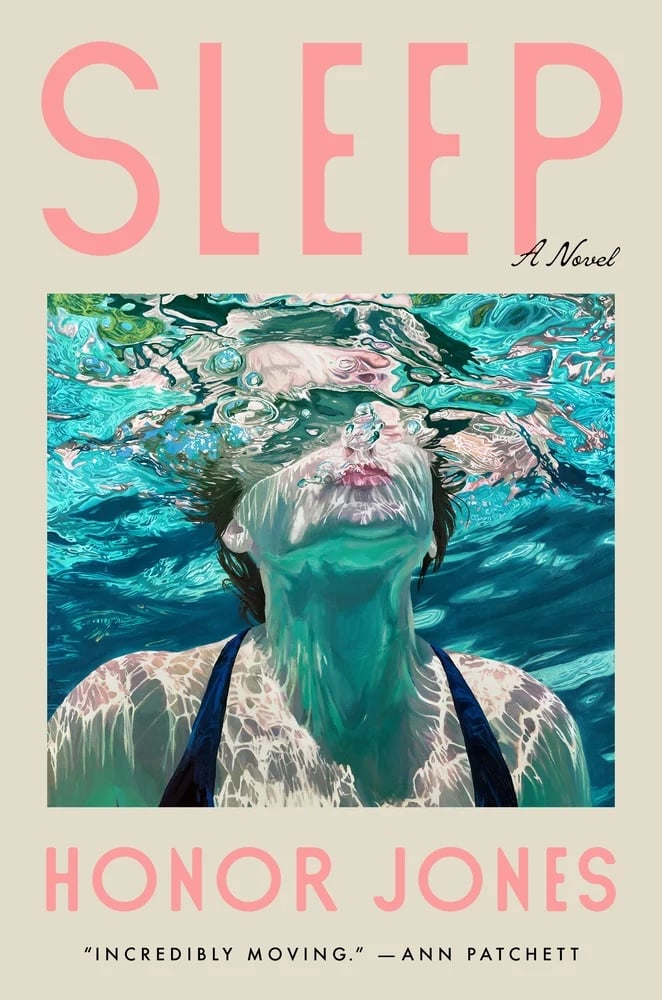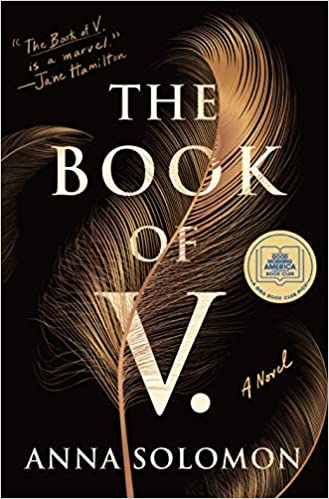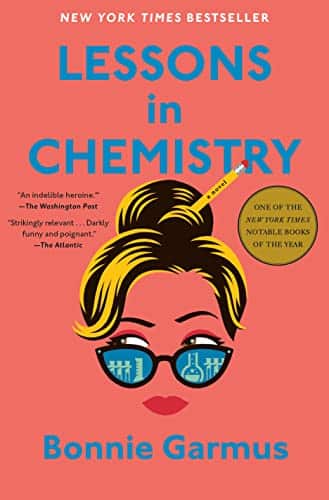
Jan’s Love Never Dies!
Estimated reading time: 1 minute, 58 secondsYesterday was memorable for Temple Sha’arey Shalom as we held a Mitzvah Day at Hanson Park. Being a small congregation, we opened the park cleanup day to volunteers from the community. When I arrived at the park around noon, I saw a mother in her thirties playing with her children. She seemed to be having a great time with her kids. When she noticed that we were cleaning the park, she kindly offered to help and volunteered her assistance.
When she was ready to leave, I was with Ellen, Hanson Park‘s president, who asked if the volunteer was a Hanson Park member and had received the Arbor Day flyer. However, the volunteer had not received the flyer and was not a park member. So, I immediately returned to the registration table to ensure the volunteer received the flyer and the membership form. When I handed her the flyer, she appeared overjoyed and told us how much she loved the park.
She said, “One day, I was here, and we were standing by the bench, and a Robin flew over and sat down. My kids were amazed that it did not fly away. I read the inscription. When I got home, I googled Jan Lilien and was impressed by what her husband had done and wrote about her.”
She paused and looked at me for a moment. Oh, are you Jan’s husband?”I replied firmly and confidently, “Yes, that’s correct.
The woman spoke gently, her eyes filled with warmth and admiration as she looked at me. I never had the chance to meet Jan in person, but your heartfelt inscription and writings have made me feel as if I knew her all along,” she said. She embraced me warmly. “What you’ve done to honor her memory is truly remarkable. The memorial garden you’ve created is a breathtaking and magical place unlike any other.”
The moment I experienced was genuinely heartwarming and reminded me of something significant – that love never dies. It was a moment filled with emotions and made me believe that even after everything that happened, love can still find a way to conquer all. The warmth I felt in my heart was overwhelming, and it made me realize that even the simplest of gestures can significantly impact someone’s life. It was a moment I will cherish forever, giving me hope for a better tomorrow.
